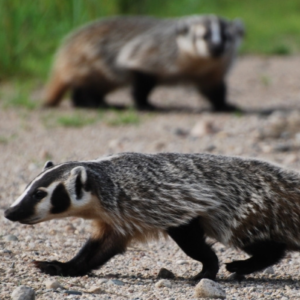
Lake Sturgeon Nature Canada
The Lake Sturgeon has been known to jump into the air after entering a spawning stream. Let’s protect this species so future generations can see this magnificent sight. Save endangered species today by joining one of our campaigns! Help End the Extinction
Vital Signs
- Common name: Lake Sturgeon
- Latin name: Acipenser fulvescens
- Indigenous name(s):
- Conservation Status: Threatened
- Range: Ontario, Quebec
- Life span: Males have been recorded living 55 years; females have been recorded living 150 years
- Size: Can reach lengths of 2 metres and weigh up to 90 kg

The Lake Sturgeon is a long fish with a pointed snout. They are brown in colour and have a pale, white-ish underbelly. Instead of scales, the Lake Sturgeon has rough skin. They also have four barbels—which are sensory organs that look like whiskers—in front of their mouth.
Lake Sturgeon Facts
- Is also known as the “Rock Sturgeon”
- Is the largest and oldest native species found in the Great Lakes.
- Despite their name, Lake Sturgeon can also be found in rivers
- Eat tiny invertebrates found on lake and river bottoms, such as snails, crayfish, leeches, and clams
- Females can lay two to three million eggs per spawning season

Threats
Lake Sturgeons and their recovery are threatened by many factors. These include fishing, invasive species, and pollution. They’re also threatened by changes to their habitats and barriers to their migration, both of which are primarily caused by human-made dams.
What’s Being Done
Currently, Lake Sturgeon is only protected under the Fisheries Act. It is currently not protected under the Species At Risk Act (its conservation status is under COSEWIC), but it is under consideration to be added.

Canada has committed to the goal of protecting 30 percent of lands, ocean, and freshwater in Canada by 2030. This goal will help protect ecosystems, restore habitats, and fight climate change. All these things are a step in protecting Canada’s at-risk animals—so let’s hold the federal government to their promise.
How to Help
- Learn: Stay informed about endangered species by signing up for Nature Canada’s monthly e-newsletter.
- Take Part: Send a letter in support of a Lake Ontario National Marine Conservation Area!
- Find out more: Help us end the extinction by taking action for nature today—visit conservation websites like Nature Canada or join one of our campaigns!
RESOURCES
- COSEWIC – Assessment and Status Report: Lake Sturgeon
- The National Wildlife Federation – Lake Sturgeon
- SARA – Lake Sturgeon (Great Lakes – Upper St. Lawrence populations)
Want to Help?
Hello nature life wilderness is the world’s envy. It’s our duty to keep our true north strong and green.
Donate

